From the ripped beasts on Instagram to the T-Rex armed trainers at your gym, weight lifting belts seem to be all the rage these days. But what’s with the craze over this chunky fashion accessory that looks like a seat belt on steroids? Do they really do anything or are they just a fancy way to spruce up your gym outfit? Buckle up, my friend, because we’re about to dig deep into the core (pun intended) of weight lifting belts and their true purpose. Let’s see if you’re still standing by the end of this article.
Contents
- 1 Introduction to Weight Lifting Belts
- 2 The Science Behind The Design of Weight Lifting Belts
- 3 Key Benefits of Wearing a Weight Lifting Belt
- 4 When and How to Use a Weight Lifting Belt
- 5 The Different Types of Weight Lifting Belts and Their Uses
- 6 Goodbye to Over-Belted Lifters: Time to Unbuckle and Flex Your Muscles
Introduction to Weight Lifting Belts
Are you a gym rat looking to add more oomph to your lifting game? Or are you a newbie who’s getting ready to embark on a weight lifting journey? Whatever your fitness level may be, one item that may come in handy for you is a weight lifting belt.
Now I know what you’re thinking, “Oh great, another accessory I have to add to my already packed gym bag”. But hear me out, this belt is not just a fancy accessory, it’s a game changer! A weight lifting belt provides support and stability for your spine and core during heavy lifts like squats and deadlifts.
Plus, not only will you feel like a boss wearing it, but it will also prevent you from turning into a hunchback as you age. So, why not give it a try? Just remember to choose a quality belt that fits comfortably around your waist and provides the right amount of support for your lifting needs. #LiftSmart, not hard!
The Science Behind The Design of Weight Lifting Belts
So, you’re thinking about getting a weight lifting belt, huh? Well, let me tell you, it’s not just a fashion statement. There’s actual science behind the design of these bad boys that can help you lift heavier, safer, and with less risk of injuring yourself. Let’s take a closer look, shall we?
First off, weight lifting belts are generally made out of leather or nylon. Seems simple enough, right? But there’s more to it than just picking out your favorite material. The width of the belt is actually really important. It needs to be wide enough to provide support to your back and abdominal muscles, but not so wide that it restricts your range of motion. The general rule of thumb is around 4 inches wide for most people, but it can vary depending on your body type and the type of lifting you’re doing.
Another key factor in the design of weight lifting belts is the buckle. Yep, that little piece of metal is more important than you might think. It needs to be sturdy enough to stay in place during your lift, but also easy enough to adjust between sets. A quick release buckle can be helpful if you’re doing a lot of different exercises in one session. And if you’re feeling really festive, you can even get a belt with a custom buckle. Who says lifting weights can’t be fashionable?
- So, what are the benefits of wearing a weight lifting belt?
- It can help increase intra-abdominal pressure, which gives your spine more support during heavy lifts.
- It can help you maintain proper form and prevent injury by reminding you to keep your core tight.
- It can give you a confidence boost knowing that you have that extra support when you’re going for a new personal best.
So there you have it folks, the science behind the design of weight lifting belts. Don’t skimp on this important piece of equipment if you’re serious about lifting heavy. And hey, you might even look cool while doing it.
Key Benefits of Wearing a Weight Lifting Belt
If you thought that a weight lifting belt was just a fancy accessory for gym rats, think again! The benefits of wearing a weight lifting belt are more than just a bully pulpit. Let’s delve into some of the perks of strapping on a belt while lifting those heavy weights!
- Proper Lifting Form: A weight lifting belt helps in keeping your spine in a neutral position, forcing you to engage your core and abs. This, in turn, helps to avoid any injuries that could occur due to improper form. It acts as a steady reminder to keep your posture upright, and not slump like a melted ice cream.
- Boosts Performance: Belting up before lifting can contribute to improved power output and can also increase the amount of weight that you can lift. It’s like having a superpower, but only for lifting! However, don’t be so quick to strut around the gym in your cape and tights, you still need to put in the hard work.
- Reduces Pressure on the Lower Back: The belt tightens around your torso and creates intra-abdominal pressure, which reduces the amount of stress that your lower back has to bear. It’s like having a tiny bouncer at the door of your lumbar spine, keeping any unwanted pain or discomfort out!
Now that you know the benefits of wearing a weight lifting belt, you’re ready to hit the gym and get your pump on! Just remember, don’t get too cocky with that belt on, and make sure to use proper form. Happy lifting, my buff friends!
When and How to Use a Weight Lifting Belt
So, you’re at the gym, eyeing that barbell and wondering whether it’s time to don the mighty weight lifting belt. You hear the bros grunting and clanging weights, and you wonder if you, too, should join the tribe of the belted. The answer? It depends! Here are some scenarios and tips for when and how to use a weight lifting belt:
When to use a weight lifting belt:
- When attempting a heavy lift that puts pressure on your lower back, such as squats, deadlifts, or overhead presses.
- When you’ve gone beyond your usual weight threshold and want some additional support and stability.
- When you want to make a fashion statement and show off those glorious abs (kidding… kinda).
How to use a weight lifting belt:
- Position the belt snugly around your waist, with the back of the belt resting just above your hip bones.
- Tighten the belt so that you can still breathe, but there’s a bit of pressure on your abs and lower back. This will help brace your core and protect your spine.
- Make sure the belt doesn’t interfere with your movement or range of motion.
Remember: a weight lifting belt is a tool, not a crutch. Don’t rely on it to do all the work for you. Proper form, technique, and strength development are key to avoiding injuries and getting stronger over time. Use the belt wisely and sparingly, and your back (and ego) will thank you.
The Different Types of Weight Lifting Belts and Their Uses
If you’re serious about lifting weights, then you know the importance of proper equipment to support and protect your body. One of the most important of these is the weightlifting belt. But did you know that there are actually several different types of weight lifting belts, each designed for different uses?
- The standard belt: This is your basic weightlifting belt that you’ll see at most gyms. It’s a simple, wide belt made of leather or nylon, with a buckle to adjust the fit. This belt is great for general lifting and can help stabilize your core. However, it doesn’t provide much support for specific lifts, such as squats or deadlifts.
- The powerlifting belt: This belt is wider in the back and made of thicker material than the standard belt. It’s designed to provide more support for your lower back during heavy lifts. The powerlifting belt is great for squats, deadlifts, and other lifts where you need to brace your core.
- The Olympic lifting belt: This belt is narrower in the front and wider in the back than the standard belt. It’s designed for Olympic lifts, such as the clean and jerk and the snatch, where you need to be able to move quickly and freely. The Olympic lifting belt provides support for your core without restricting your movement.
So, which belt is right for you? It depends on what you plan to do in the gym. If you’re just starting out, a standard belt will probably be sufficient. But if you’re looking to compete in powerlifting or Olympic lifting, you should invest in a specialized belt. Just remember, the belt is just one part of your lifting equipment, so be sure to use it in conjunction with proper form and technique.
Goodbye to Over-Belted Lifters: Time to Unbuckle and Flex Your Muscles
Congratulations, dear reader! You’ve made it to the end of this article and now understand the purpose of weight lifting belts. No more over-belted lifters, no more feeling like a sausage stuffed into a casing. You’ve broken free from the tyranny of the belt and can now flex your muscles proudly.
Remember, weight lifting belts are a tool, not a crutch. Use them wisely and properly to lift heavier, break personal records, and protect your lower back. Overdependence on belts can lead to weakened core muscles and an increased risk of injury.
So, unbuckle those belts and let your abs and back muscles do the work. After all, who needs belts when you have a strong core? Keep lifting, keep growing stronger, and always remember to strike a pose. *flexes bicep*
Until next time, happy lifting!

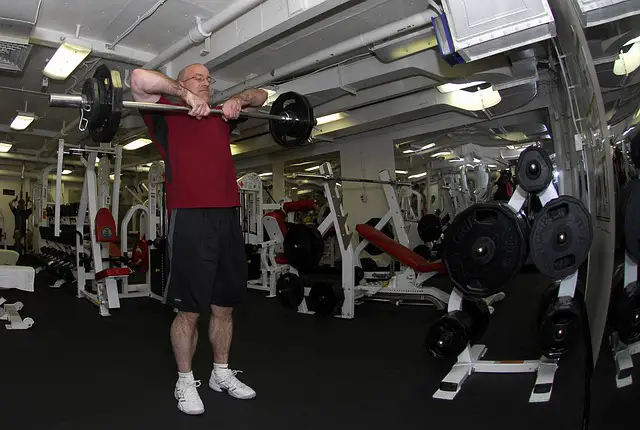
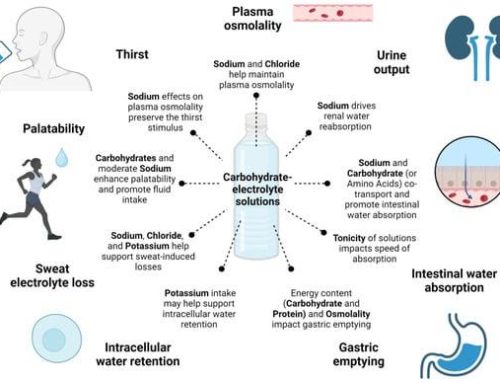


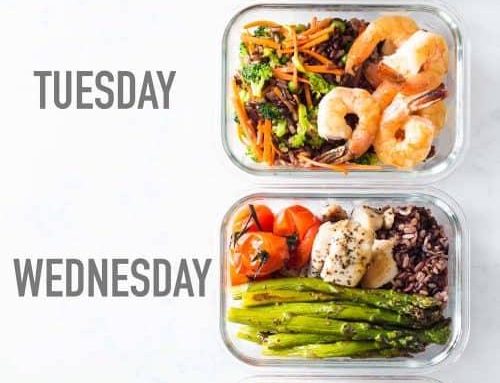
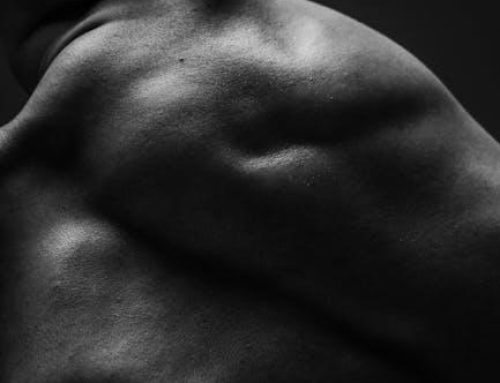
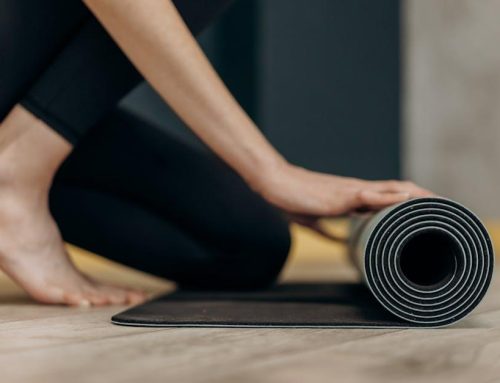
Leave A Comment